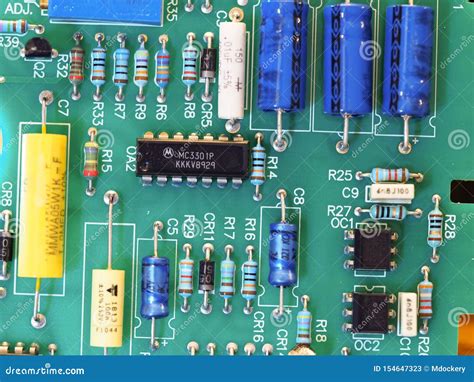
Through hole Assembly
What is Through-hole Assembly? Through-hole assembly is a method of mounting electronic components onto a printed circuit board (PCB) by inserting component leads through holes[…]
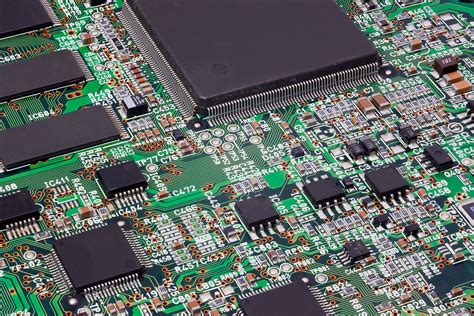
How to do a PCB assembly process work
Introduction to PCB Assembly Printed Circuit Board (PCB) assembly is the process of attaching electronic components to a PCB to create a functional electronic device.[…]
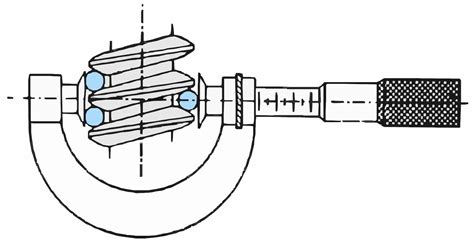
Through hole pin length and PCB thickness
Understanding the Relationship Between Pin Length and PCB Thickness When designing or manufacturing printed circuit boards (PCBs) that utilize through hole components, it is crucial[…]
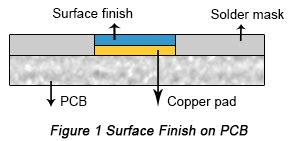
Choosing the right surface finish for your PCB project
Introduction to PCB Surface Finishes When designing and manufacturing a printed circuit board (PCB), one of the crucial aspects to consider is the surface finish.[…]

wearable devices functional fashionable technology
Introduction to Wearable Tech Wearable technology, often referred to as “wearables,” has revolutionized the way we interact with our devices and the world around us.[…]
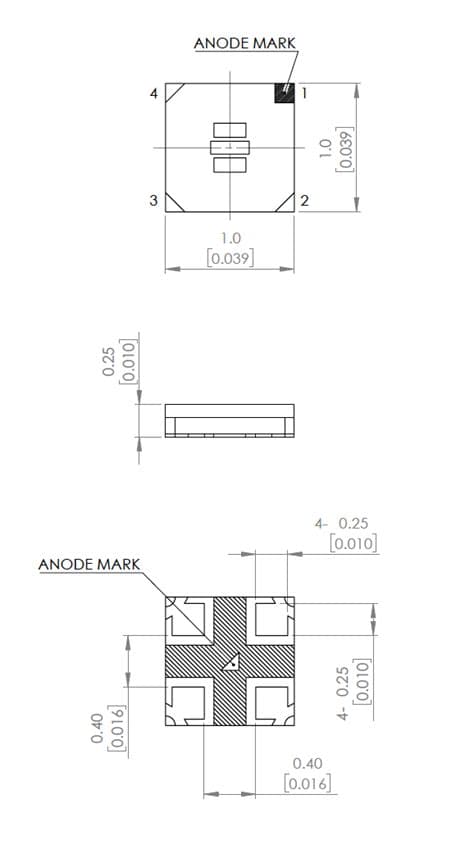
SMD LEDs in Your PCB and Your Bill of Materials
Introduction to SMD LEDs Surface-mount device light-emitting diodes (SMD LEDs) have become increasingly popular in recent years for use in printed circuit boards (PCBs) due[…]

Conductive Paint: Electric Paint for Creating Flexible Circuits
What is Conductive Paint? Conductive paint, also known as electric paint, is a specialized type of paint that conducts electricity. It is made by mixing[…]

Multilayer Printed Circuit Boards: The Future of Electronics?
Introduction to Multilayer PCBs and Their Significance in the Electronics Industry Printed Circuit Boards (PCBs) have been the backbone of the electronics industry for decades.[…]
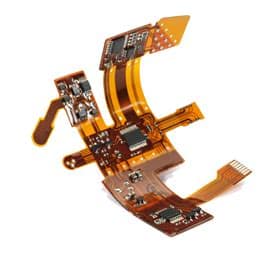
What Are the Best Ways to Use Flexible and Flex-Rigid PCBs?
What Are Flexible and flex-rigid PCBs? Flexible PCBs, also known as flex circuits, are thin, lightweight, and bendable circuit boards made from flexible plastic substrates,[…]

Microcontroller Unit MCU
What is an MCU? A Microcontroller Unit (MCU) is a compact integrated circuit designed to govern a specific operation in an embedded system. It includes[…]